I've built several egg tumblers in the last year to hatch tilapia eggs. This one is the best so far and the easiest to control. It is made from scrap parts I had laying around, but you could buy everything you need for under $20.
If you want lots of tilapia fry, the best thing is to watch for females holding eggs, then strip the eggs from them about 2 days after they start brooding. The wait is to see if they are fertile. They swallow them if they aren't. Stripping is easy once you've done it a few times. Catch the female in a fine mesh net so any eggs she spits out are recovered. I put 2" PVC pipes in my breeding tanks and just net a female tube & all. I take a quart measuring cup and fill it with aquarium water. I hold the female gently, but firmly in one hand while holding her lower lip down with my thumb. Dip her head down in the cup about 10 times, then check to see if all the eggs are gone. Repeat as needed and return her to the tank.
Stripping eggs is actually better for the female than allowing her to brood. They don't eat while brooding.
I had some 2" and 1.5" PVC piping left over from a project, and old sponge filter, missing the sponge, some aquaculture screen tubing, some plastic screen wire, and my trusty hot glue gun.
Here is the base:
It is a 1.25" threaded PVC pipe fitting designed for hanging pipes in closets for hangers. I hot glued a short piece of some 2" aquaculture screen tubing I use. It is designed to fit snugly over 2" PVC pipe. I hot-glued it in place.
I had an old aquarium siphon tube laying around. I removed the cap that connected it to the siphon tubing. I found that 1.5" PVC pipe would fit inside very snugly.
Here is a look at the inside. I beveled the top of the 1.5" pipe with a dremel so that it made a smooth transition. I didn't want a place for the eggs to land and get stuck.
Here are the rest of the parts:
The top center item is the top of a sponge filter. It has a fitting to hold an air stone (center) and accept an air line. Lower right is some simple plastic window screening cut to size and formed over the clear siphon tube shown previously. Lower left is a short piece of 2" PVC pipe.
The screen goes over the end with the 1.5" beveled PVC pipe in it, then the 2" PVC pipe holds it in place.
The whole thing goes together with the sponge filter part looking like this:
The air hose provides just enough snugness so the air bubble can be adjusted but does not slip and does not pinch the air hose.
Here is a shot of the finished product in service. I'll post a youtube of it in action shortly.
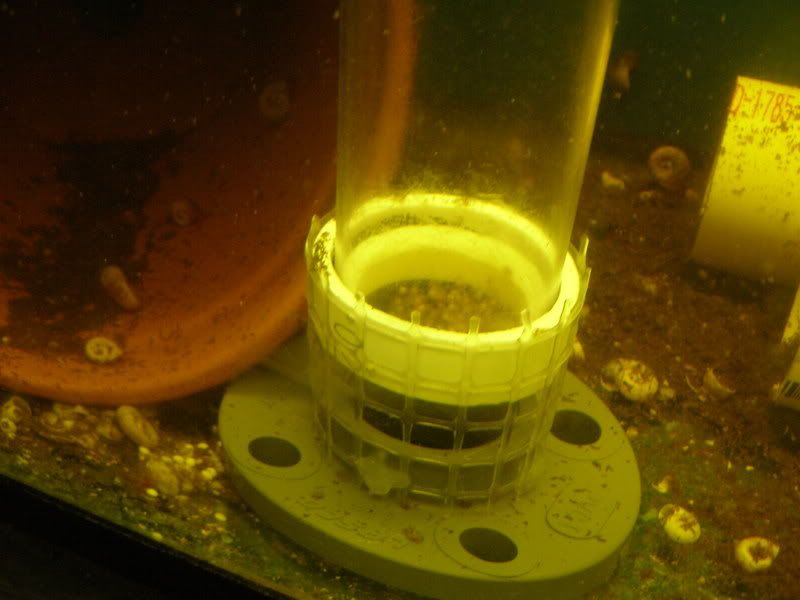
Results 1 to 10 of 20
Thread: Air Powered Egg Tumbler
Threaded View
-
02-27-2009, 10:08 AM #1
Air Powered Egg Tumbler
The best fertilizer is the farmer's shadow
Similar Threads
-
Egg Tumbler in action
By samtheman in forum Good, Better & BestReplies: 2Last Post: 03-06-2014, 06:29 AM -
Solar powered pump?
By PonicDan in forum Water PumpsReplies: 1Last Post: 12-21-2012, 12:29 PM



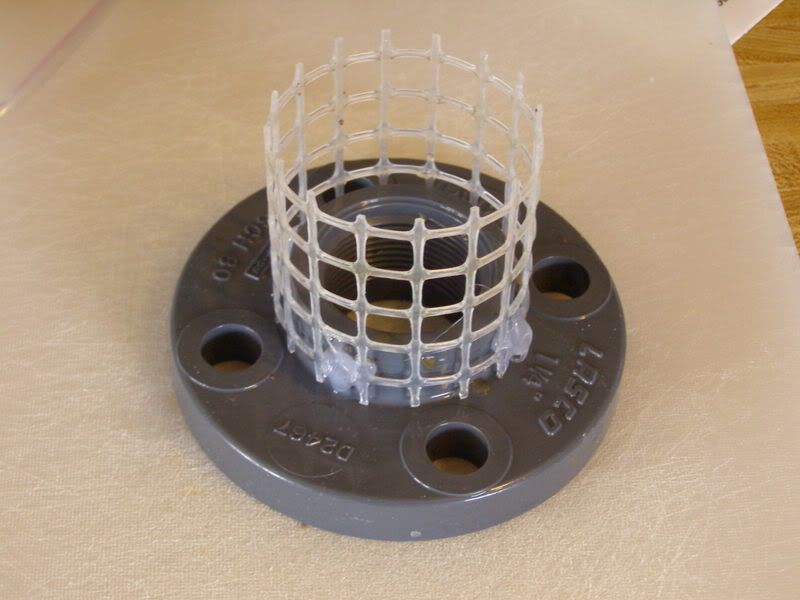
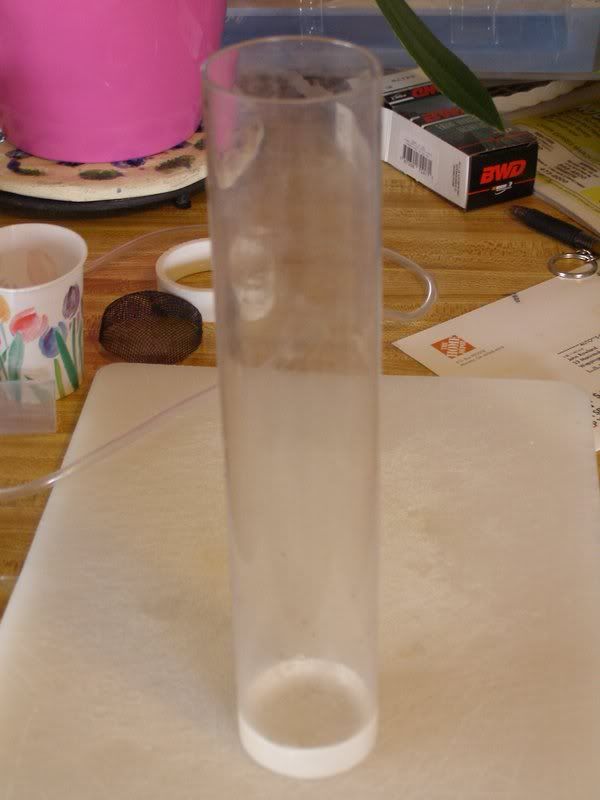
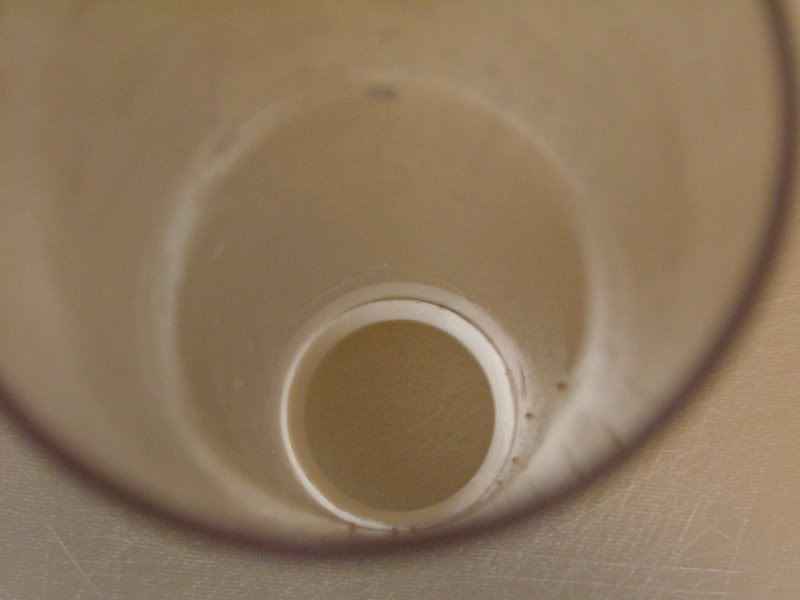
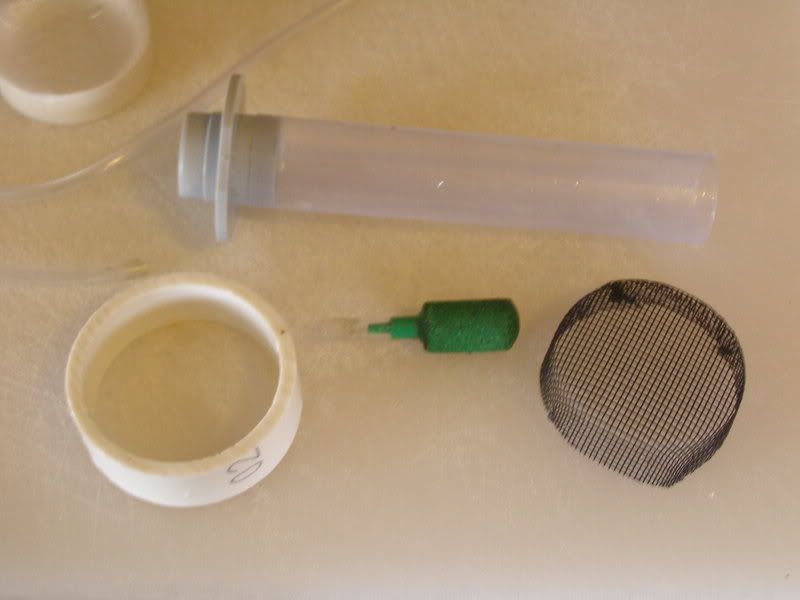
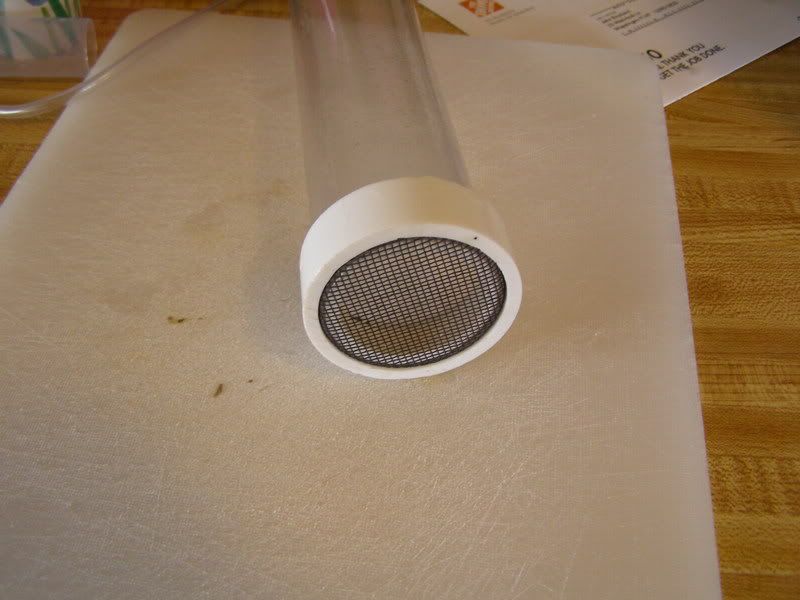
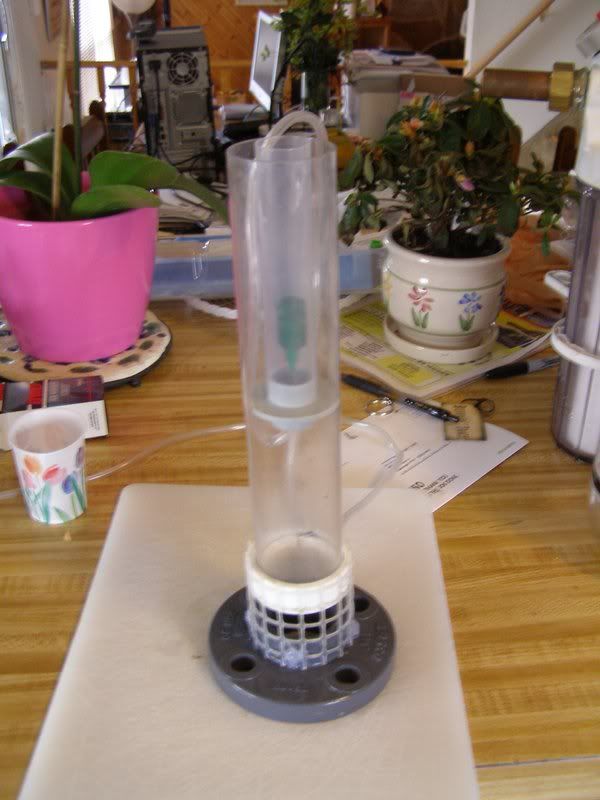

 Reply With Quote
Reply With Quote
